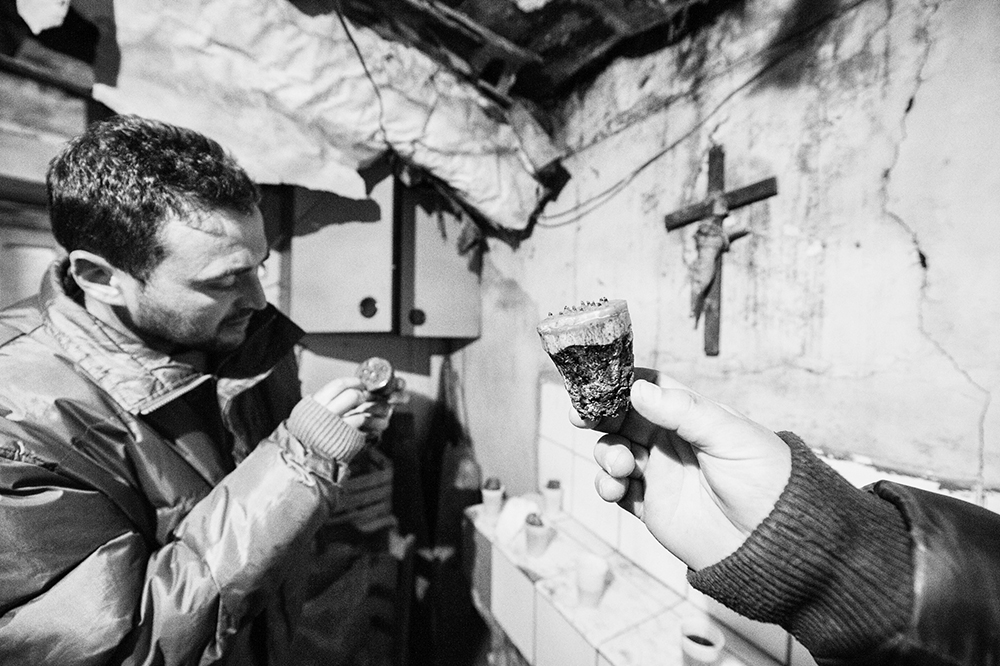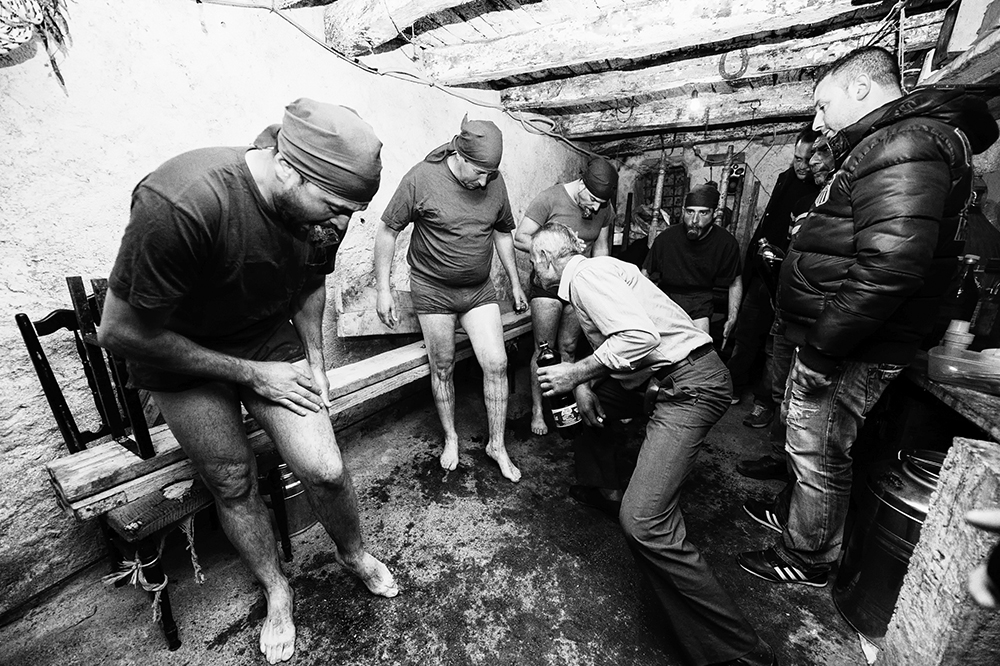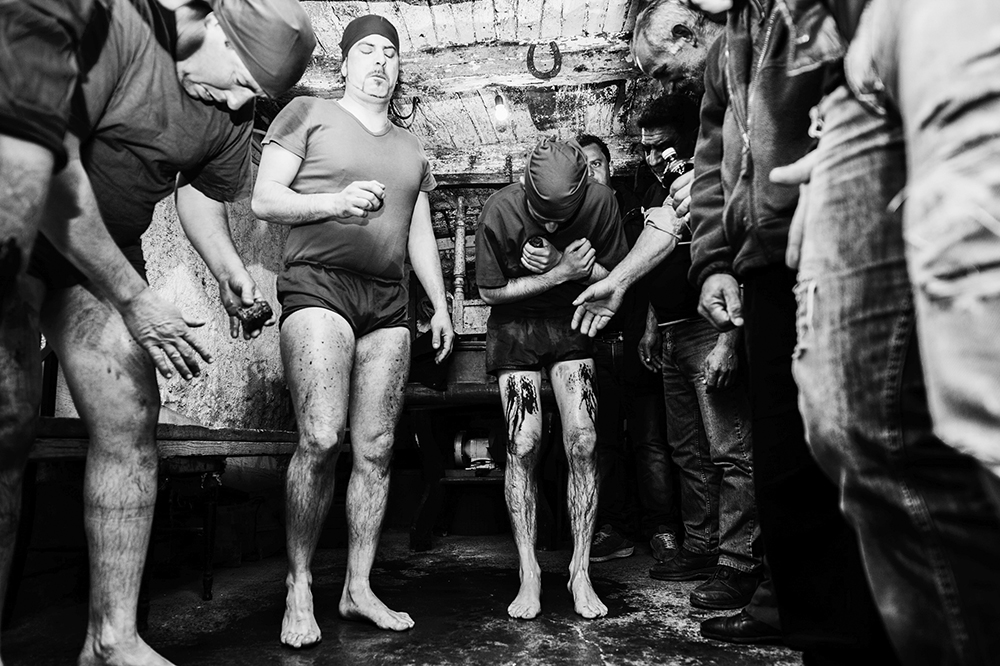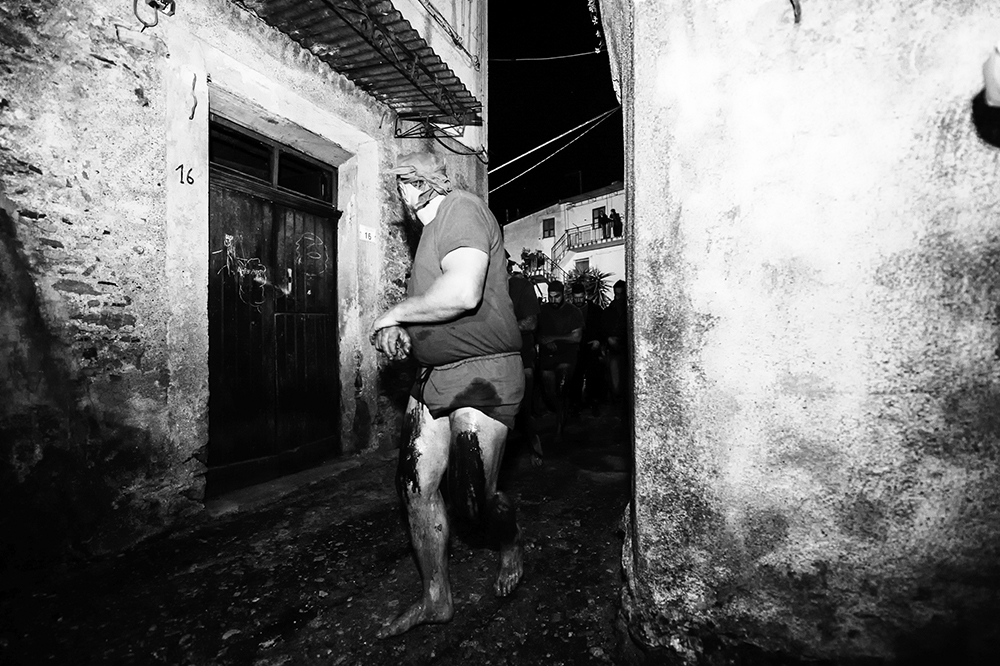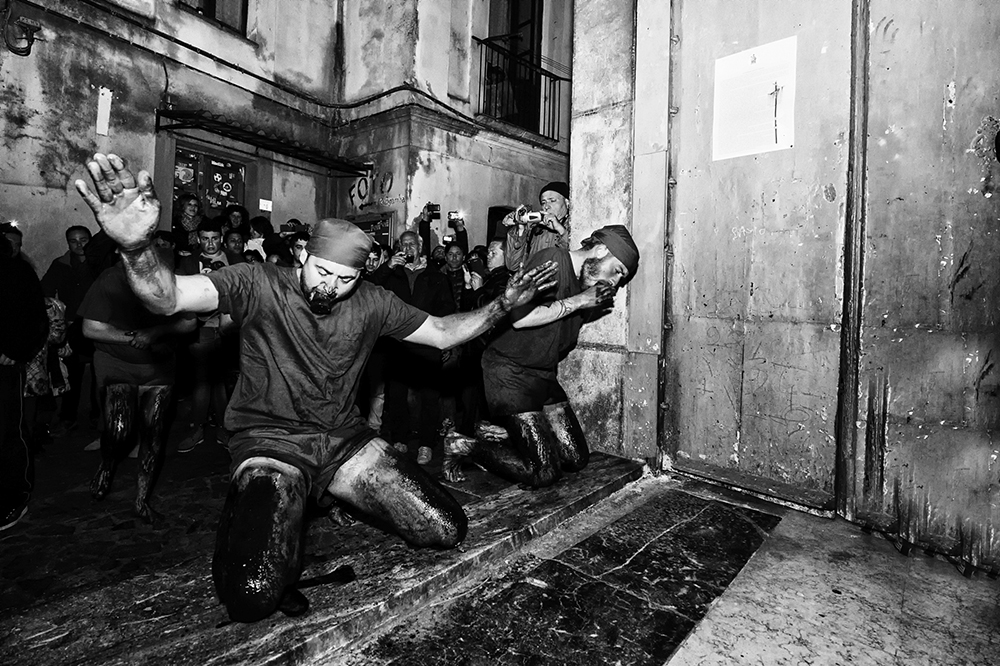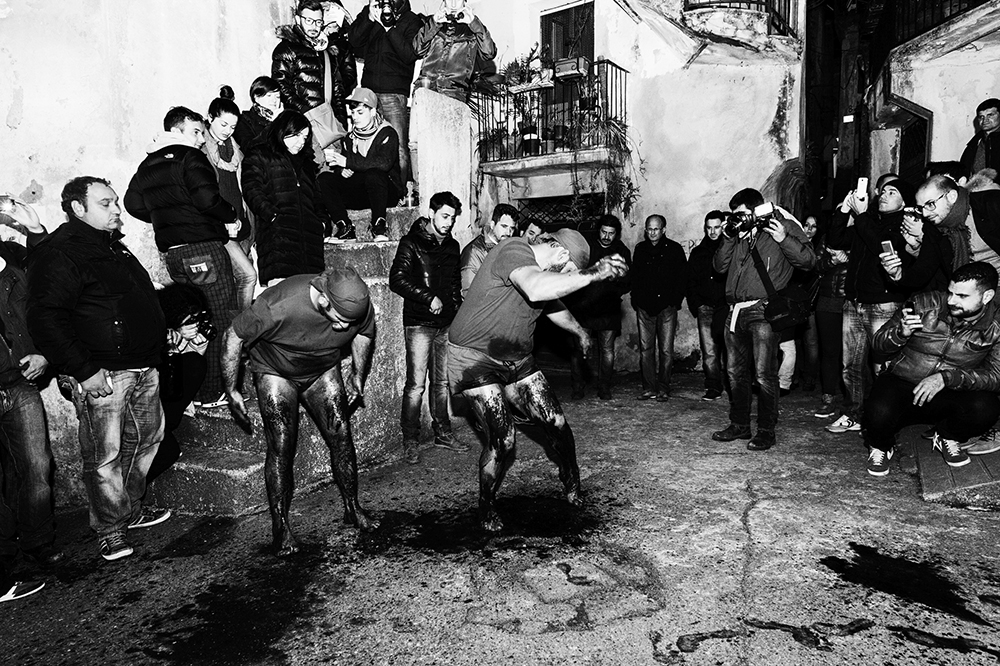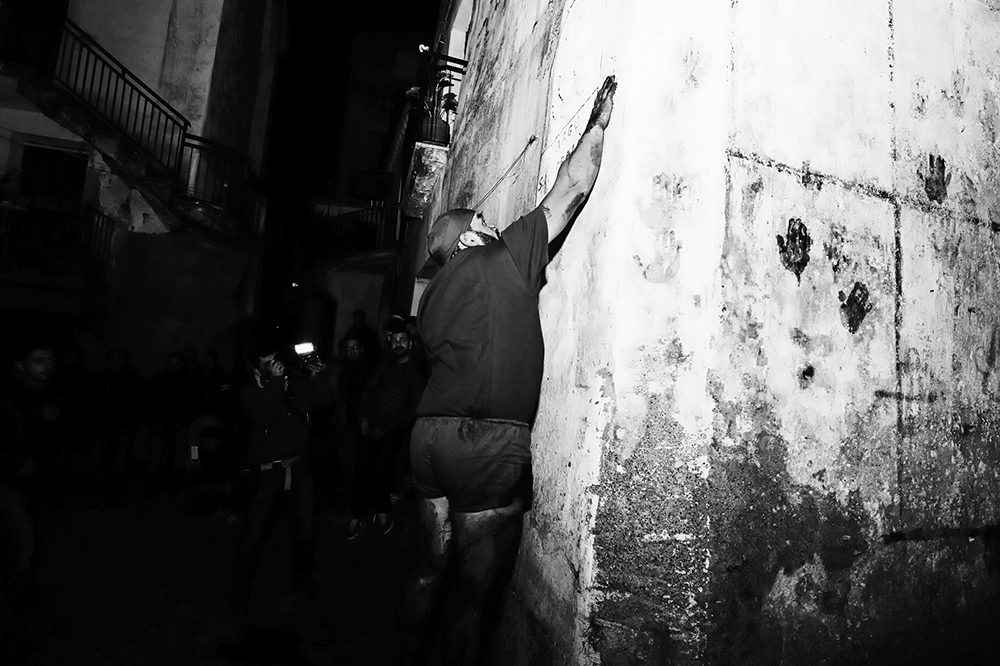I Battenti Rossi di Verbicaro

-
PhotographerVincenzo Ianniciello
-
PrizesBronze in People/Culture
It is one of the oldest rituals and bloody tradition of holy week of the south of Italy. Despite being associated with the solemn and religious rites of Holy Week, one of the Flying Verbicaro draws origins from issues of social history and of the small rural village policy perched on the slopes of Pollino. Their first appearance was in the first decade of 900 verbicarese when the community was hit by a severe outbreak of which were held liable the city authorities. The movements of rebellion that sprang were quelled by force the royal army and caused dozens of deaths among the population. The self-flagellation became thus a form of peaceful protest carried out by groups of people during the Easter period running wildly for city streets, beating to a pulp. Even amid the strength of the Church, this ritual has come to this day although with different inspiration than in the past. The ritual takes place at the height of Santa verbicarese week, just in the two hours before the traditional procession of the cross. Immediately after the SS. Commissioning coena domains celebrated at the Cathedral Church dedicated to Our Lady of Graces its doors, divided into two or more groups, gather at a catuvo to have dinner together and prepare for the ritual wearing skimpy clothes of a bright red color. Before embarking on the path they are performed some physical exercises aimed at speeding up the circulation of blood. The typing is done by means of cardillo, a shaped piece of cork in a conical shape whose larger surface area are driven into sharp fragments of glass heat sealed with wax. Elderly former swing help the chosen spraying wine on their thighs, pointing out the most appropriate place to flogging. At the stroke of the twenty-third hour of the Holy Thursday its doors leave catuvo and begin their run barefoot along what will be the path of the cross. I will walk three times focusing on the parvis of the Mother Church and the Church of St. Joseph, who will flood with their blood as a sign of respect and devotion. Are moments of intensity and rawness unique. Moments in which in the eyes of these young swing states clearly the pride of belonging to the people and the deep devotion to Our Lady and St. Joseph. In Largo Maddalena they linger to leave the imprint of their bloody hand on the side of the wall where there is a mural depicting the Virgin. The rite concludes, for those who do not surrender before since taken ill at a source where fresh water and pure spring merges with sash blood.
